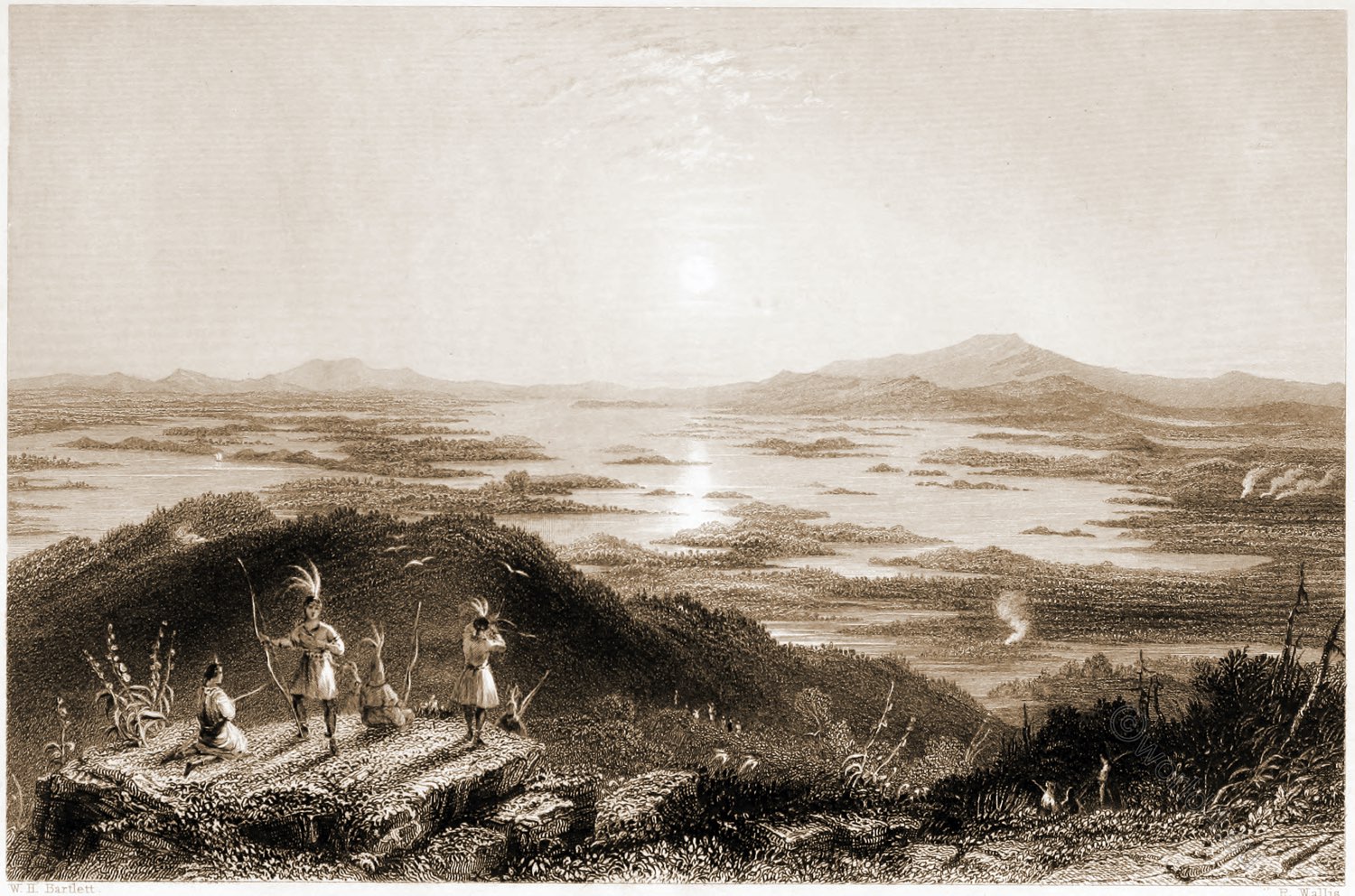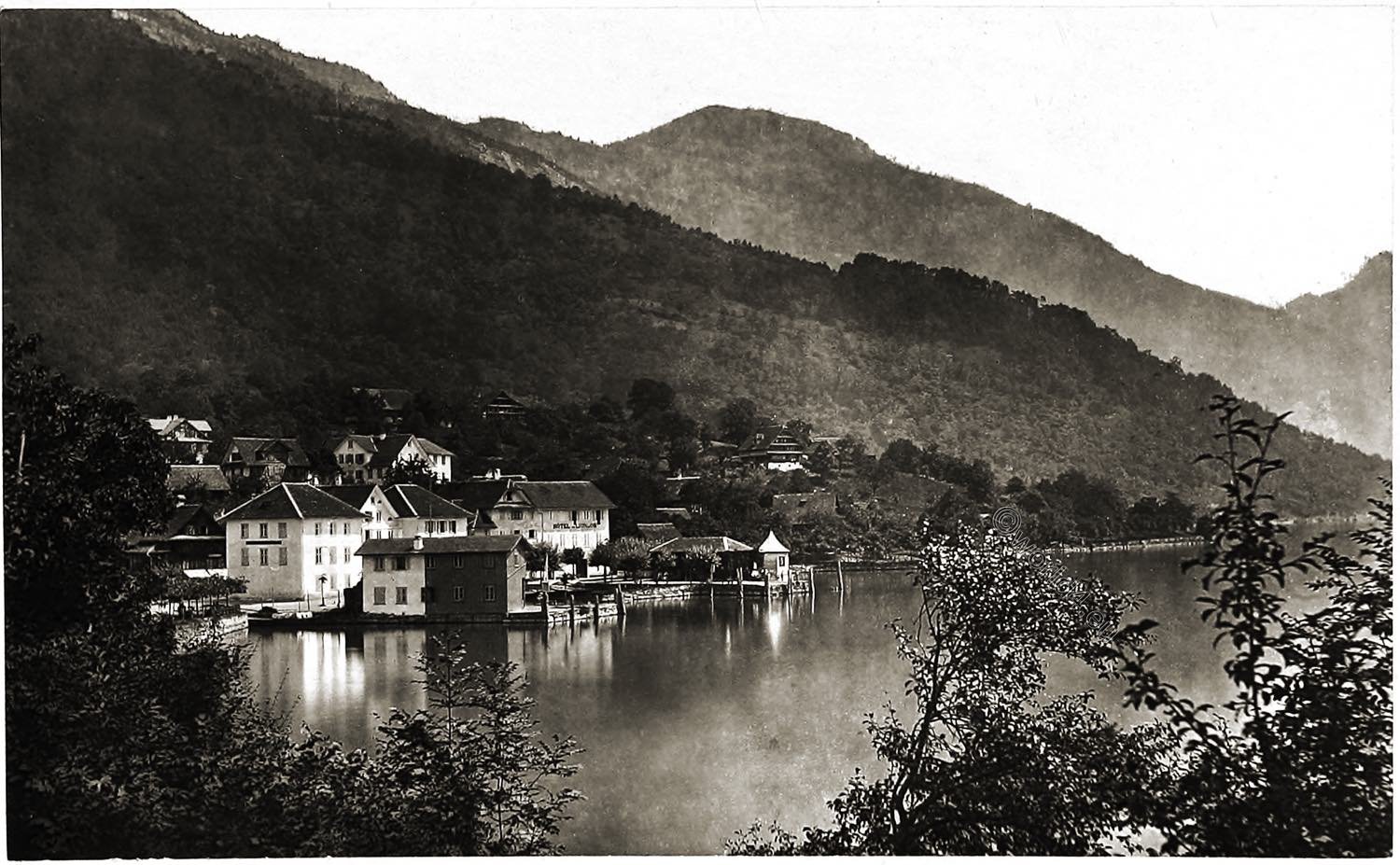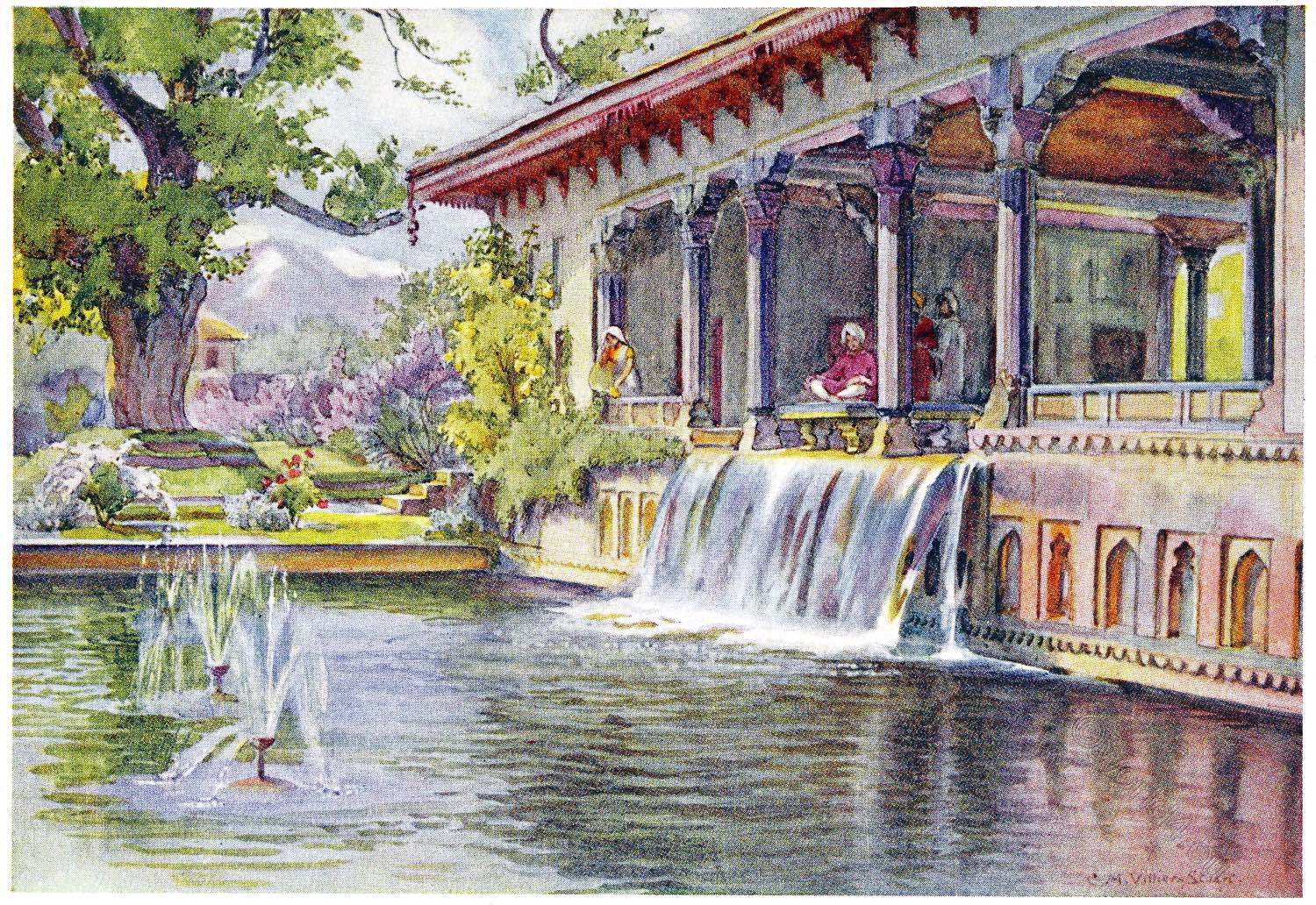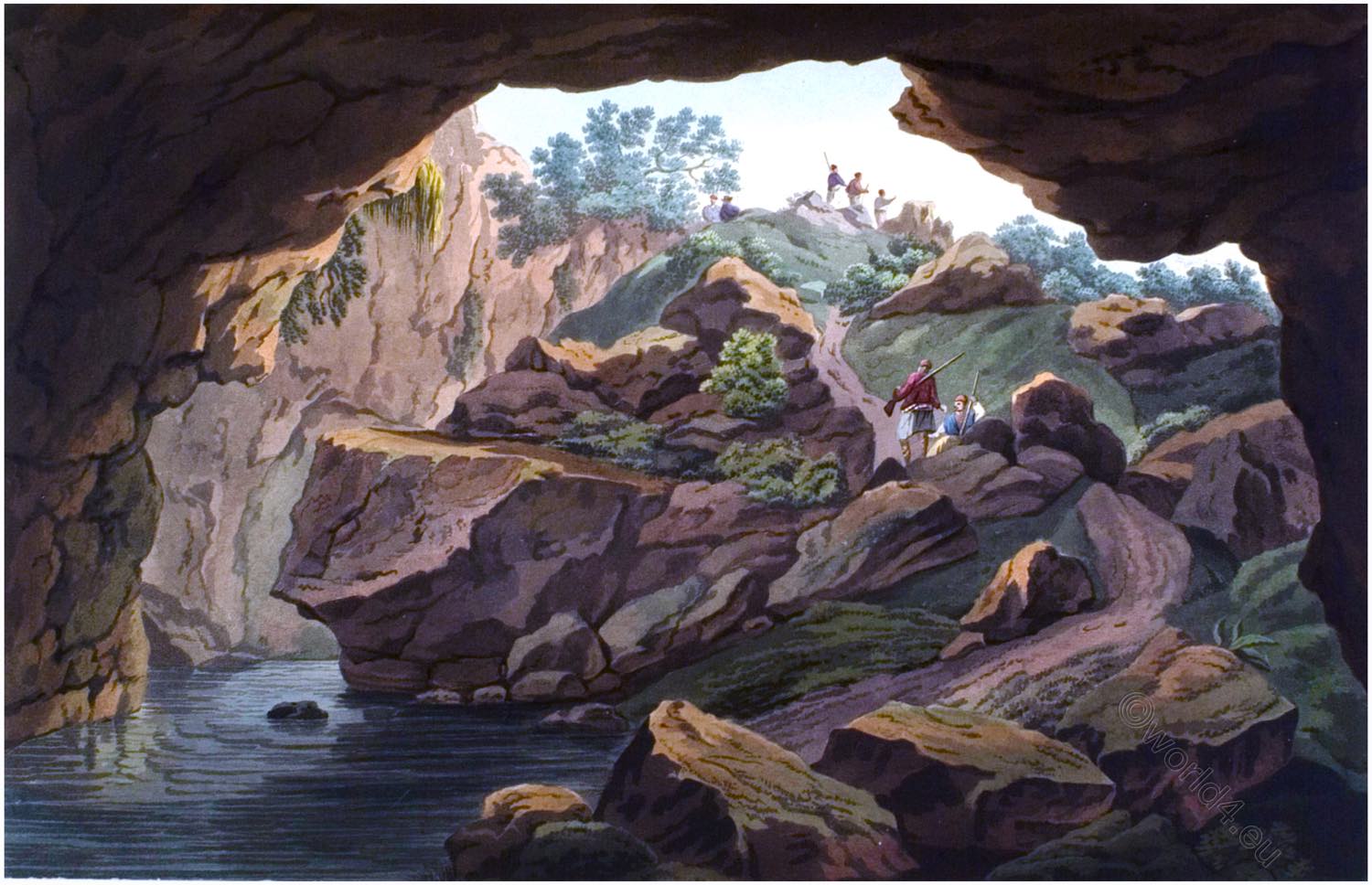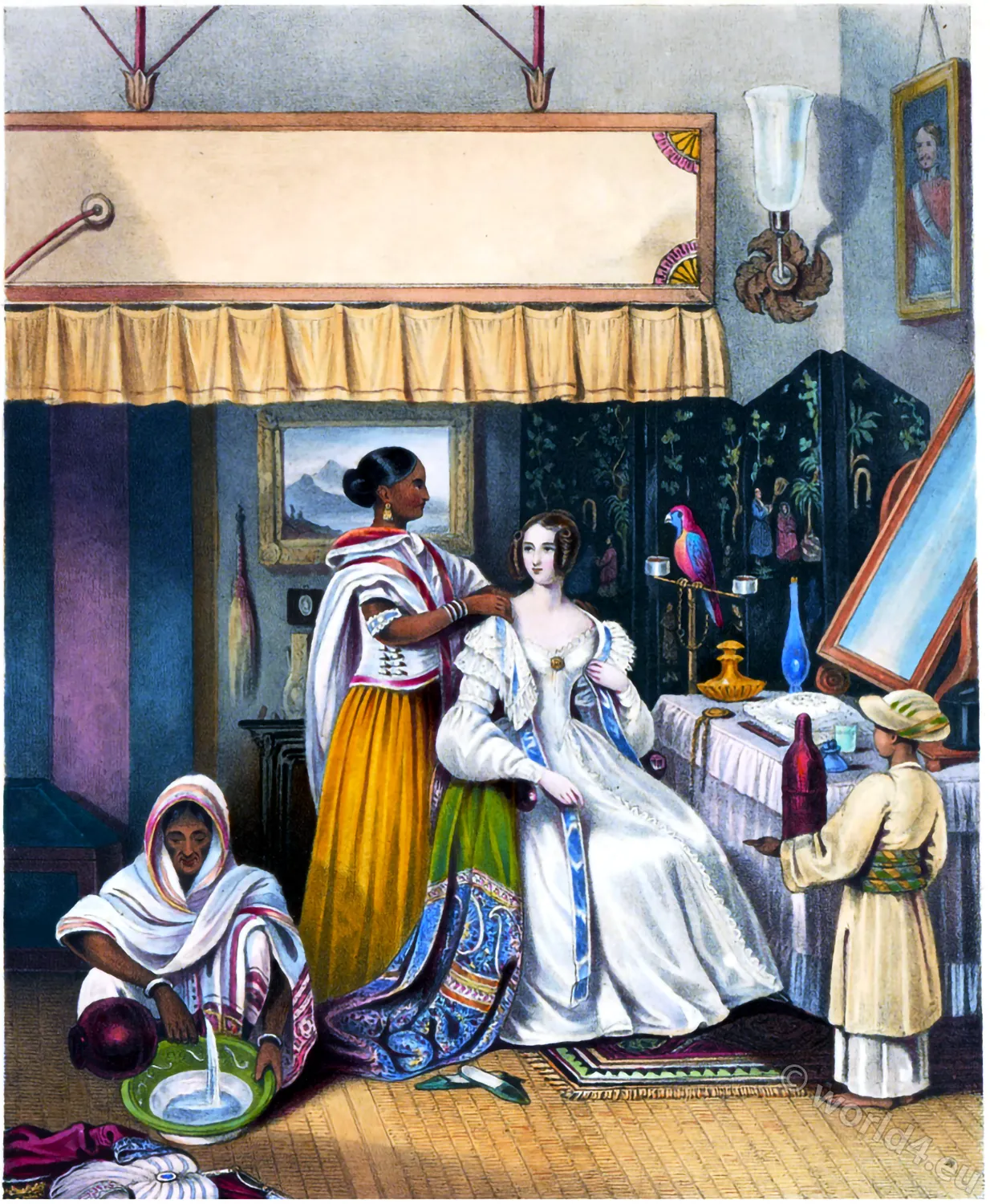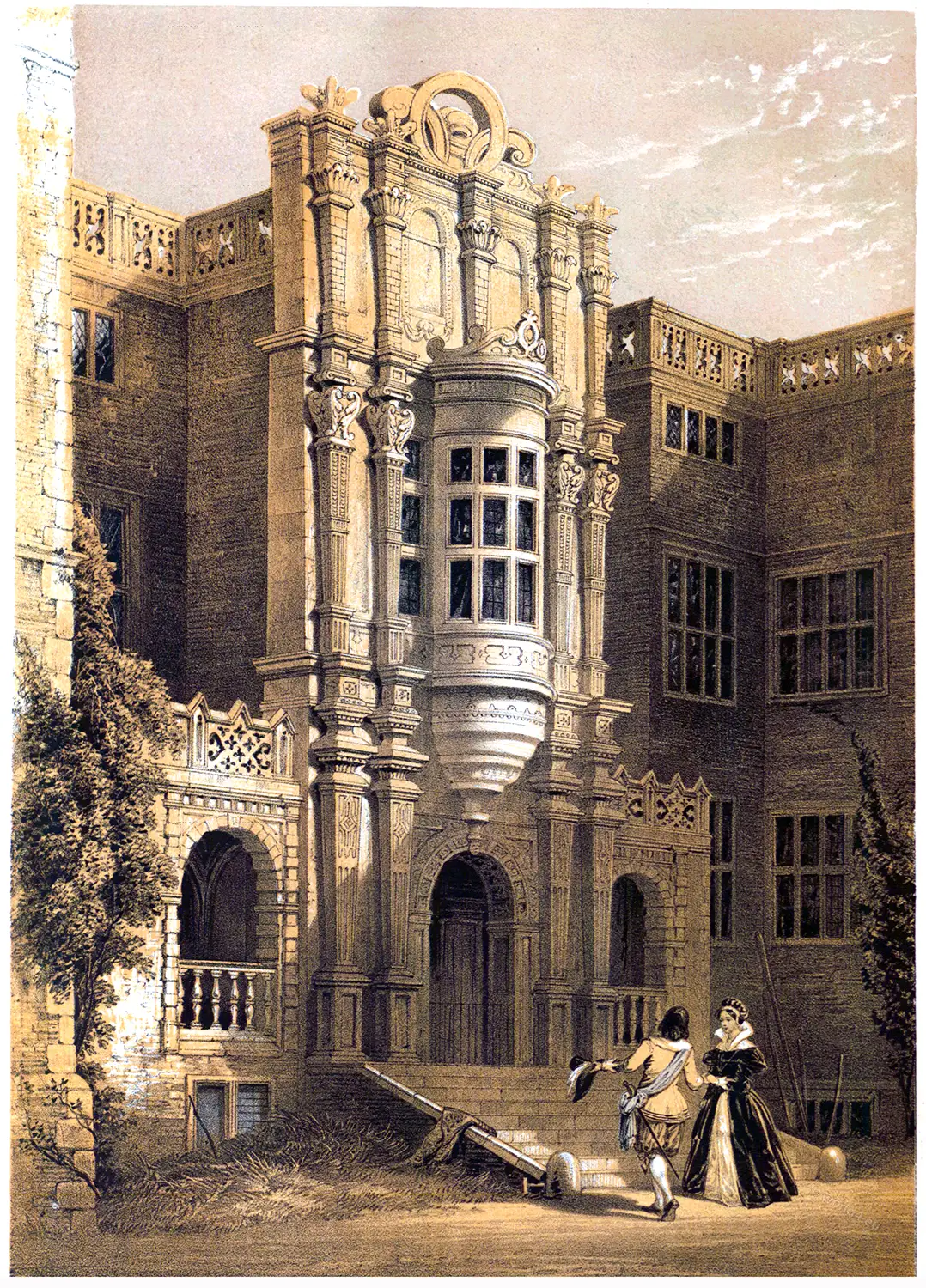The Indian name “Winnipesaukee” is derived from “Wiwininebesaki”, which means “the lake near which there are other lakes and ponds” or simply “lake area”. It is also the name of a Western Abenaki (Sokoki) tribe living there. The Winnipesaukee lived primarily in the village of Acquadocton on the lake where The Weirs exists today.
The Penacook, who lived further south around Concord, were the first to come into contact with the European colonists. They grew corn, beans and squash. In this early phase of European settlement, the Penacook belonged to a large confederacy named after them. It served as a defence against the Mi’kmaq to the north and the Mohawk to the west. This confederation also included the Winnipesaukee, after whom the lake was named.
Lake Winnipesaukee became a tourist destination from the first half of the 19th century, especially for tourists from Boston and New York who were avoiding the summer heat there.
LAKE WINNIPESAUGEE. (THE BEAUTIFUL LAKE OF THE INDIANS) NEW HAMPSHIRE.
by Nathaniel Parker Willis.
The Indian fights of the celebrated Captain Lovewell (John Lovewell 1691-1725), which took place near the borders of this lake (December 1724), were not the only feats of courage the early inhabitants of this part of the country were called upon to display. Bears, wolves, and catamounts, were enemies as constantly found in their path as the unfriendly Indian, and were almost as dangerous.
The descriptions contained in the grave historical records of the State, of encounters, with bears more particularly, arc sometimes sufficiently amusing; and, indeed, whatever the peril to the man, there is a conventional drollery about the bear which throws a spice of fun into all his contests with mankind.
This animal, in the early days of New Hampshire, often destroyed the husbandman’s hopes by his, depredations on the green maize, of the milky ear of which he is especially fond. Sweet fruits, honey, and other simple but “toothsome” productions of the orchard and farm, suited bruin equally well, and he had never recourse to animal food while these were to be procured.
The kind of bear most mischievous in this way was the small American bear, with a long and pointed nose, remarkable for his alertness in ascending and descending trees. They were often found in hollow trunks, and in clefts of rocks, and were considered delicious meat by the hunters. Among the adventures with this class of their enemies recorded of the first settlers of the State, is an encounter of a Mr. Annis with a bear.
“One day, late in March,” says the narrator, “the snow being deep, he mounted his snow-shoes, and in company with Abner Watkins and their dogs, set off towards the Mink Hills for a hunt, armed with an axe and gun. In the neighbourhood of the hills, the dogs were perceived to be very much excited with something in a ledge of rocks. Annis left his companion, Watkins, and ascended a crag twenty or thirty feet to where the dogs were, having no other weapon with him but his staff, which was pointed with iron.
After exploring a little, he concluded there was no game there of more consequence than a hedge-hog or some other small animal, and being fatigued laid down in the snow on his back to rest, reclining his head upon the place he had been examining; he had but just laid down when he heard a snuffling under his ear; he started up, and turning round, found an old bear pressing her head up through the old leaves and snow which filled the mouth of her den; he thrust his spear-pointed staff at the bear’s briskets, and thus held the bear which was pressing towards him at his staff’s length distance, and called to his companion Watkins to come up with the axe and kill the bear, which, after some little time, was effected. After the action was over, Annis complained of Watkins’ dilatoriness, but Watkins excused himself by saying he could not get his gun off, that he had snapt, snapt, snapt several times. Where did you take sight? said Annis, knowing that he was directly between him and the bear; I took sight between your legs, said Watkins.”
Many years ago a cub bear was caught by a stout lad near the borders of Lake Winnipesaukee, carried into town, and after proper drilling, became the playfellow of the boys of the village, and often accompanied them to the school-house. After passing a few months in civilised society, he made his escape to the woods, and after a few years was almost forgotten. The school-house meantime had fallen from the schoolmaster’s to the schoolmistress’s hands, and in the room of large boys and girls learning to write and cipher, small boys and girls were taught in the same place knitting and spelling.
One winter’s day, after a mild fall of snow, the door had been left ajar by some urchin going out, when to the unutterable horror of the spectacled dame and her fourscore hopeful abecedarians, an enormous bear walked in, in the most familiar manner in the world, and took a seat by the fire. Huddling over the benches with what expedition they might, the children crowded about their schoolmistress, who had fled to the farthest corner of the room, and stood crying and pushing to escape the horror of being eaten first.
The bear sat snuffing and warming himself by the fire, however, exhibiting great signs of satisfaction, but deferring his meal till he had warmed himself thoroughly. The screams of the children continued, but the school-house was far from any other habitation, and the bear did not seem at all embarrassed by the outcry. After sitting and turning himself about for some time, Bruin got up on his hind legs, and shoving to the door, began to take down, one by one, the hats, bonnets, and satchels, that hung on several rows of pegs behind it. His memory had not deceived him, for they contained, as of old, the children’s dinners, and he had arrived before the recess.
Having satisfied himself with their cheese, bread, pies, dough-nuts, and apples, Bruin smelt a little at the mistress’s desk, but finding it locked, gave him self a shake of resignation, opened the door and disappeared. The alarm was given, and the amiable creature was pursued and killed,—very much to the regret of the townspeople, when it was discovered by some marks on his body that it was their old friend and playfellow.
Source: American Scenery; or, Land, Lake, and River Illustrations of Transatlantic Nature. From Drawings by W. H. Bartlett. Engraved by R. Wallis, J. Cousen, Willmore, Brandard, Adlard, Richardson, &c. The Literary Department by Nathaniel Parker Willis, Esq. London: George Virtue 26, Ivy Lane. 1840. Vol. 1.
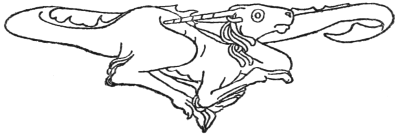
Continuing
Discover more from World4 Costume Culture History
Subscribe to get the latest posts sent to your email.

